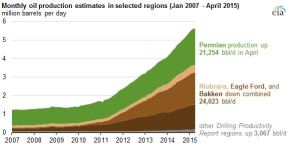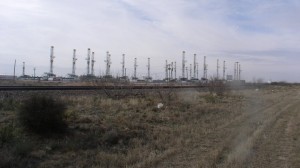On January 30, the Supreme Court issued its opinion in Hooks v. Samson Lone Star, Limited Partnership, No. 12-0920. In doing so, it kept alive a $21 million verdict against Samson and limited its prior holdings barring suits by mineral owners based on the statute of limitations.
The principal claim the Hooks made against Samson alleged breach of a lease provision intended to protect the Hooks’ lease against drainage from wells on adjacent lands. The lease provided that, if a gas well is drilled within 1,320 feet of the lease, Samson must either drill an offset well, release sufficient acreage for an offset well to be drilled, or pay “compensatory royalty” – the amount of royalty the Hooks would be entitled to if the well on adjacent lands had been drilled on their lease.
In 2000, Samson permitted a well on lands adjacent to the Hooks lease, and it approached the Hooks asking permission to pool portions of the Hooks land with that well. Mr. Hooks asked Samson how close the well would be to the Hooks lease boundary. Samson sent him a plat showing that the location of the well would be 1,400 feet from the lease. Based on this, the Hooks agreed to the pooling.
In 2007, in connection with related litigation, the Hooks discovered that the adjacent well in fact was located within 1,320 feet of the Hooks lease, and the Hooks sued Samson for misrepresenting the well’s location and inducing them to agree to the pooling. They sought damages under the lease compensatory royalty clause – the royalty they would have received had the offending well been located on the Hooks’ lease. They argued that the four-year statute of limitations applicable to their claim should not apply because Samson had fraudulently induced them to believe that the well was 1,400 feet from their lease. The jury found that the Hooks should not have discovered the true facts until less than four years before bringing suit. It awarded more than $20 million damages to the Hooks. Continue reading →





